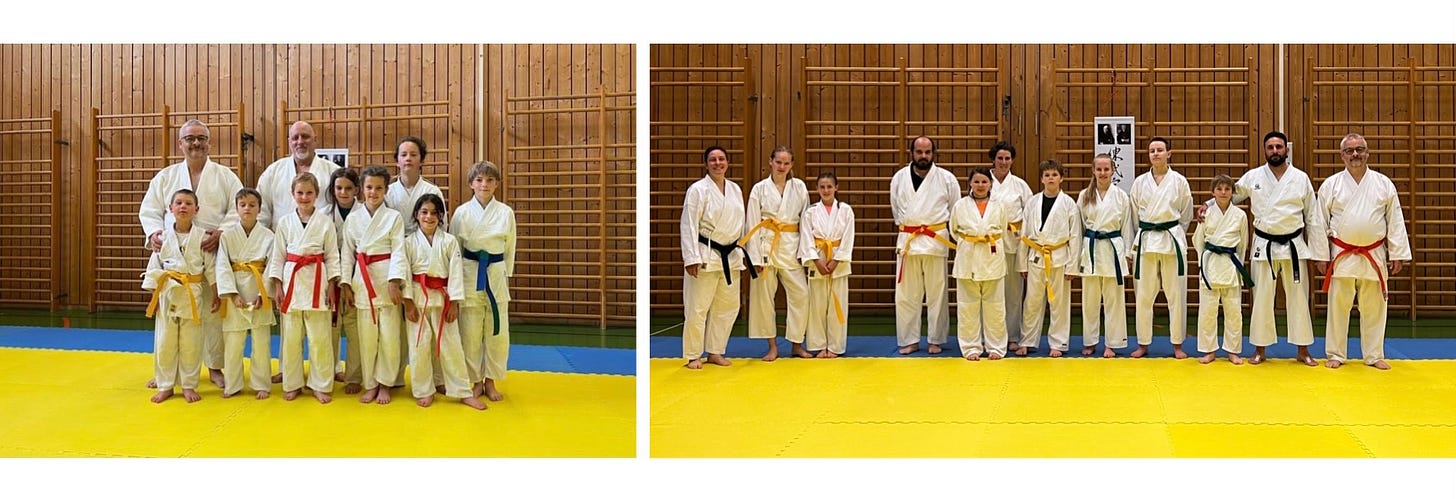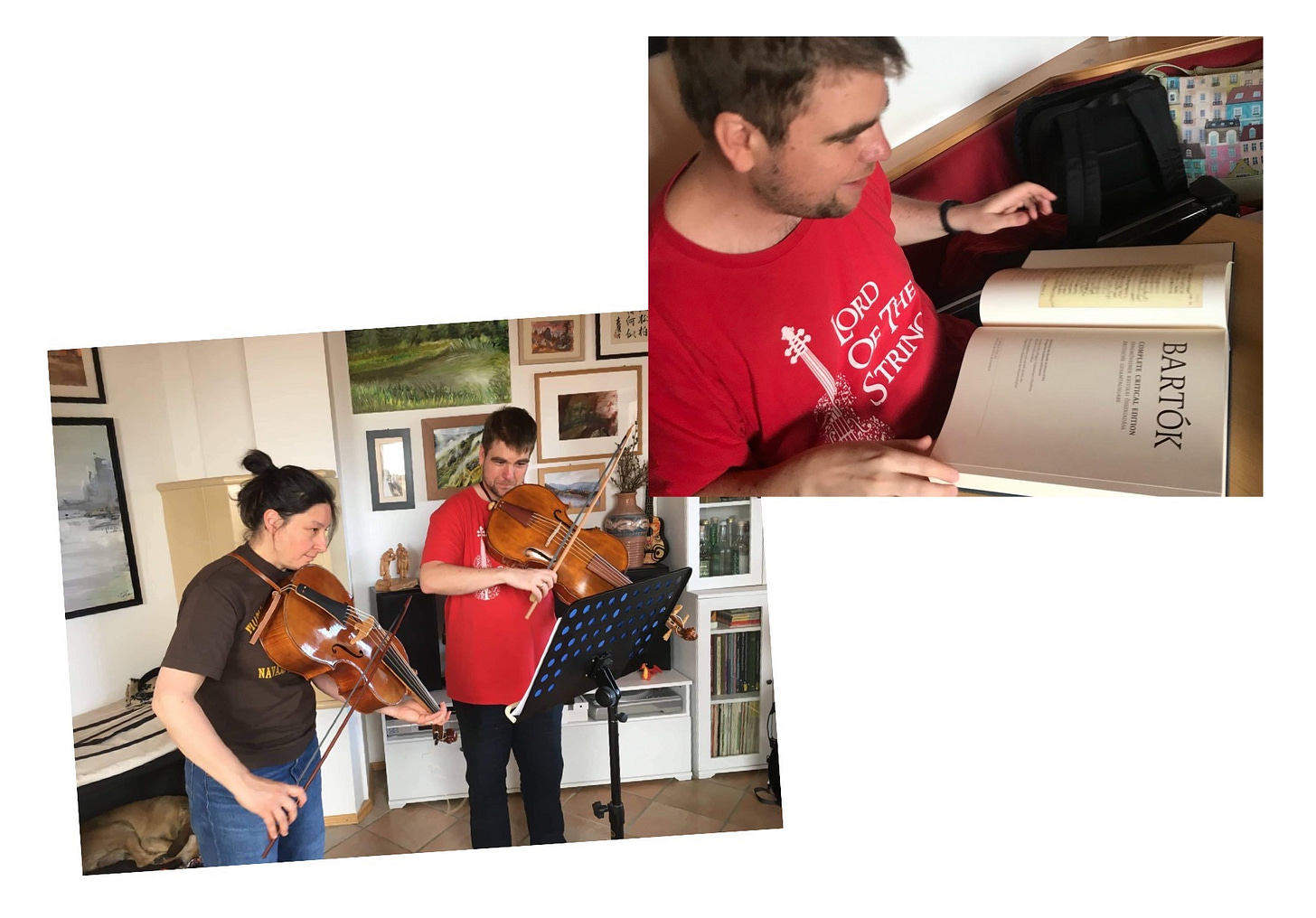Beginner’s excitement
How to avoid it turns into anxiety and how to keep making progress!
Usually, a new Violoncello da Spalla gets into the hand of an adult, professional or amateur, that has practised violin or viola for years. To make it very simple, the first impression is “wow, this is amazing, can I really play like a cello?”, and the second is “oh gosh it moves, how do I hold it firm, how do I do the shifting of position, how do I manage the bow, how do I… help!”.
It’s normal, it’s the emotional and rational side of the brain competing, it’s the rational side that suddenly wakes up alarmed when realising that the emotional side got as far as… buying a Violoncello da Spalla!! And now we are asking for something so distant from our long time violinist’s habits.
I’ve been there, all the da Spalla cellists have, and we’ve been through weeks of practising the correct position, relaxing this and that, finding a consistent sound quality, trying the many ways to use the strap (and sometimes also other devices like shoulder rests becoming breast-rests for men). If you’re a violinist that passed to viola, probably you are not too scared because you remember that time and that one day, things clicked right. For me, it was the first time I sat in an orchestra with the viola in my hands instead of the violin.
And this is precisely what also happens with the cello da spalla. We try and try. Some days are better, some are worse, we seem to go two steps forward and one behind, sometimes one forward and two behind… Then, something clicks, and we feel at home. We have a position that works for us and feels natural, we don’t need to check on which string we are playing, and when we see that black dot on whichever line in whichever key, the finger goes there before the brain has the time to switch on and interfere.
What, as musicians, we may not know, is that there are tons of scientific material explaining these steps forward and behind, and how to make constant progress. We don’t know these studies because they are conducted in the field of sports, where there is more money invested and a broader interest (sic). But sports practised at a high level are extremely similar to music: we train daily a skill made of small precise movements, coordination, articulation flexibility, extreme control of body and emotions, no mistakes without consequences.
Let me share some charts explaining how we learn and make progress, how (and how much) we should practice to make constant progress long therm.




In other words, giving good resting time to our brains and muscles is always a good idea. Not too much rest, but quite often and, most of all, quality time rest. In our sleep, our brain works out what we did in our practice (and in our free time) and makes its connections to easily repeat what was good and avoid what was less good. This time is the key to everything, more than hours of practice.During the day, we make the bricks, but it is during the free relaxing time and the night that all those bricks come in place. And only if those bricks are in place we can add more bricks the next day.

News from da Spalla world
This summer in Bruneck (South Tyrol, Italy) Cristophe Coin will give a lecture on the cello piccolo and it’s repertoire. Info at this link.
News from our workshop
This past week was busy with the end of our judo and karate courses. We assigned the new colored belts, we celebrated, and made plans for the future.
Today we received the visit of Szombor Nèmeth and his wife. He showed me the great book he worked on, the 29th volume of the Bartok’s complete edition, published by G. Henle Verlag and Edition Musica Budapest, in which my book on strings history was cited.
He tried our instruments and we also had a lot of fun playing together. At first, I played the cello and he played on his violin to hear if the two instruments could melt well together. Then, we played cello duets, and he looked pretty in charge for a very first experience! It was such a great day!
Featured video of the week
“Vintage” video: Sergey Malov 10 years ago!
…still stuck on the “how do I hold it question?”
Here is what works for me:






